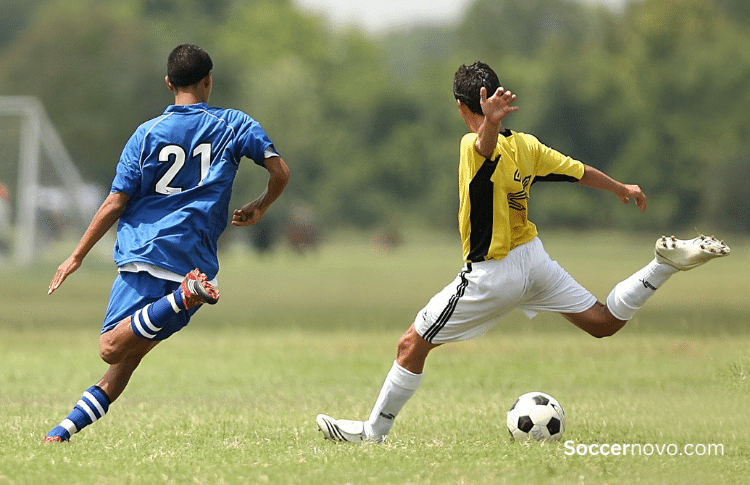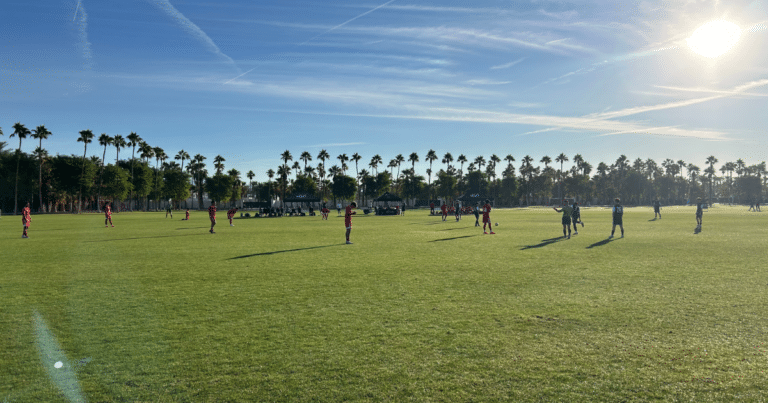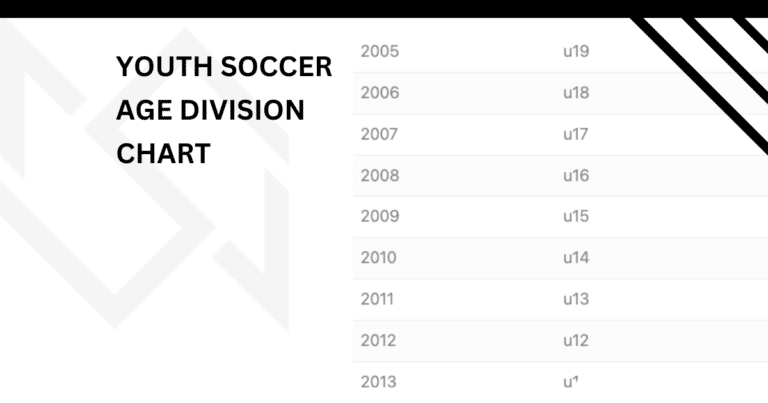Do Soccer Socks Go Over Shin Guards?

Yes, soccer socks go over shin guards! This helps to keep them in place and prevent them from shifting around.
It also prevents the plastic part of the shin guard from hurting your opponents.

No matter what age a player is, always have them wear their shin pads under their socks. In kids under 6, I see many wear strapped shin guards over their socks. No bueno!
In this article, we’ll explain the importance of shin guards in soccer.
Why Are Shin Guards Worn Under Socks?
Here are the major reasons why shin guards are traditionally worn under socks:
Playing By The Rules
The biggest reason why soccer players hide their shin guards under their socks is that it’s simply been in the rules for many years.
Official soccer rules require that shin guards be covered with socks during the game.
If the referee sees that a player’s shin guards are visible or not in at all, the play will be stopped.
He or she will tell the player to pull up his socks or put their shin pads in before play can commence.
In addition to protecting the players, one of the supposed other reasons for this rule is that the shin guards might distract the referees from the team’s colors. With the colors of the kits, I’m not sure how this would distract referees that much.
It Keeps The Shin Guards in Place
Although some shin guards come with straps, many players are fond of using the strapless ones as they feel more comfortable.
These traditional shin guards need to be worn underneath tight-fitting soccer socks to keep them in place. If the socks slip down, the shin guards might slip out, making the player prone to injuries.
In addition, wearing loose shin guards can be quite uncomfortable, you may have to adjust them during much of the match. This can add more risk to injuries.
For added support, you can wear leg sleeves to help keep the guards in place.
It is Tradition

Unlike other professional sports, soccer is deeply rooted in its traditions. Wearing shin pads with long socks has been part of the game for so long.
If you examine the old photographs of the first soccer games ever played, they are also wearing some form of shin guards back then.
The global sport of soccer loves to maintain traditions and shin guards are a staple and one of the few pieces of equipment you need to play.
Can You Play Without Shin Guards?
You can’t play official soccer games without shin guards.
However, you can get away with shin guards during trainings or pickup games.
In a sport where the players use their feet most of the time, the risk of getting kicked in the shins is very high. Has that ever happened to you? It hurts big time!

I realize that many kids in today’s training sessions don’t wear shin guards or high socks.
For many players, it’s because of the “coolness factor” but I highly recommend every player wears shin guards and socks over them in training sessions and games. All it takes is one swift hit to the leg to put you out for weeks or months.
If you’ve ever accidentally hit your shin on a table leg, imagine that pain and multiply it several times over, that’s how much getting kicked in the shins by another player playing defense.
Conclusion
The main reason why players wear shin guards is for protection. The second reason is to keep the shin guards from moving.
At the end of the day, every player needs to wear shin guards and their socks need to go over them.
It’s easy to get in the habit at an early age so just accept it 🙂

Written By: Beau Bridges
Beau is the founder of SoccerNovo, dedicated to helping players and parents navigate the youth soccer landscape. As a former youth coach and soccer parent, he shares insights on player development, recruiting, and the ever-evolving soccer scene in the U.S.
Let’s connect





